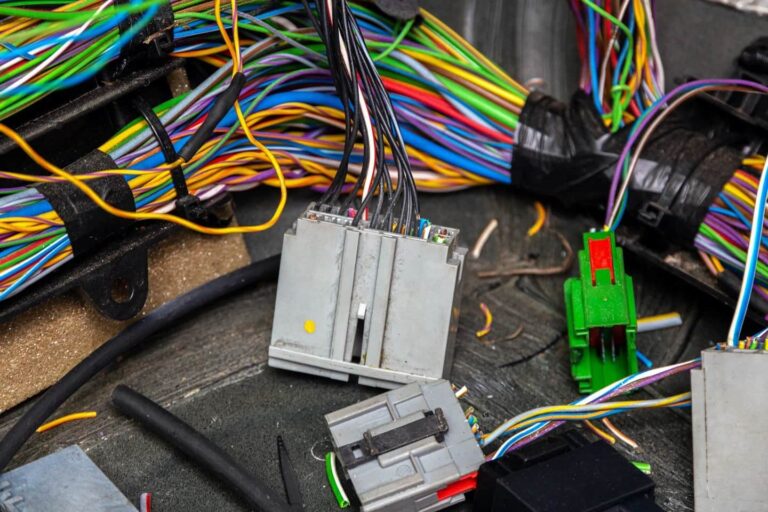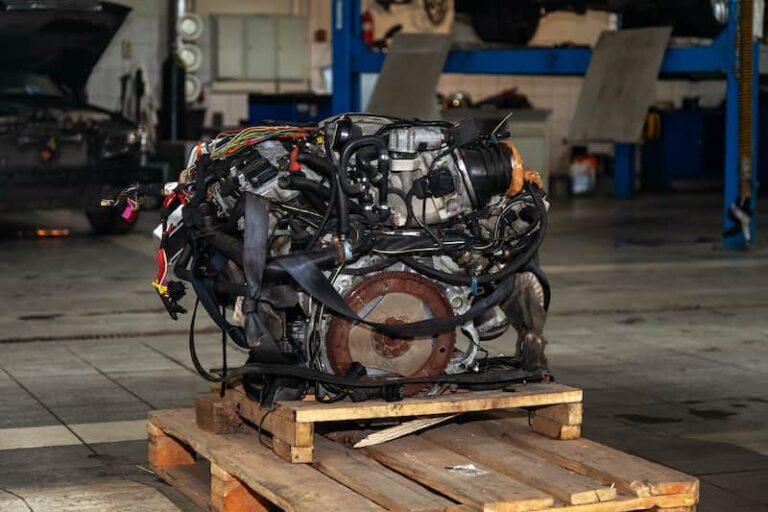A faulty radiator fan can cause serious damage to your car’s engine. It could cause it to overheat, resulting in pricey repairs. Here are some of the most typical causes.
Table of Contents
ToggleReasons why radiator fan isn’t working?
A blown fuse, a defective relay, or a broken wire are the most typical reasons for a radiator fan not working. It could also be caused by a faulty coolant temperature sensor, a low coolant level, or a damaged fan.
While these are some of the reasons, they are by no means exhaustive.
Here’s a more in-depth look at the most common reasons for a radiator fan that won’t turn on:
Blown fuse
Almost everything electrical in an automobile is supported by a fuse. When an electrical surge hits a piece of electronic equipment, the fuse stops the power to that piece of equipment, preventing it from being destroyed. This is referred to as a blown fuse. A blown fuse isn’t a big deal, and replacing one isn’t expensive. If your car’s radiator fan isn’t working, look in the owner’s manual for the radiator fan controller or the fan’s fuse.
A large fuse (about 50A) is typically used by the fan, with a second tiny fuse for the fan control module.
Also check: Signs that you vehicle need an oil change
Faulty coolant temperature sensor
Distinct car models often have two different systems. Either the engine control unit has a fan control module integrated into it, or you have a separate fan control module. The control units in both situations use a temperature sensor to determine when the radiator fan should be turned on. If this temperature sensor fails, the control unit will be unable to determine when the radiator fan should be turned on.
For the radiator fan and the engine control unit, some cars employ separate engine coolant temperature sensors.
Check your service handbook to see which temperature sensor controls the radiator fan, then resistance-measure it using a multimeter to make sure it’s working.
Broken Wiring
There could be a wiring issue or a broken connection if the fan does not turn on even when the car is hot.
Check the wiring from the control unit or relay to the radiator fan. Look for signs of corrosion in the connecting plugs. Check the connector plugs on the relay and control unit, as well.
Using a multimeter to measure the wirings is ineffective since you need to place a load on the wires to see if they are working. However, you can use a multimeter to see if electricity is being supplied to the radiator fan as a quick test.
Also check: Car is not starting but making a clicking sound
Insufficient coolant
If your coolant level is low, there’s a risk you’ll have air in the system, which will cause the coolant temperature sensor to misread the temperature. If the coolant level is low, you must refill it to the proper amount.
Failure to do so may cause your engine to overheat and seize. If you don’t want to invest a lot of money, you can’t recover from a seized engine.
Broken Radiator Fan
Faulty radiator fans can also be the reason of your radiator fans not turning on. The radiator fans have electrical motors that will wear out after a few years.
Take a wire from the car battery, remove the radiator fan connector, then plug 12v+ and ground into the connector to test the electrical radiator fans. This is the quickest and most straightforward method of checking your radiator fans.
You can use used auto vehicle parts for resolving this issue.
FAQs
How can I tell if the fuse for my radiator fan is bad?
Using a multimeter to measure the radiator fuse is the fastest and most precise approach to determine whether it is defective. However, in many instances, you may physically inspect it to determine whether or not the fuse wire inside it is burned.
The radiator fan is controlled by what sensor?
The radiator fan is under the control of a coolant temperature sensor. In some car types, the radiator fan has a separate CTS sensor, but in the majority of modern cars, the coolant temperature sensor used by the engine control module regulates it.
Is it possible to operate cars if the radiator fan is broken?
Although driving without a radiator fan is technically possible, it is never recommended. The performance of your vehicle’s cooling system is essential, and every time your engine heats up, it can cause harmful results.
Do both radiator fans need to be on?
The radiator’s primary cooling fan and a second fan for the condenser may both be present on numerous automobiles. When the A/C is running, both fans should turn on.









